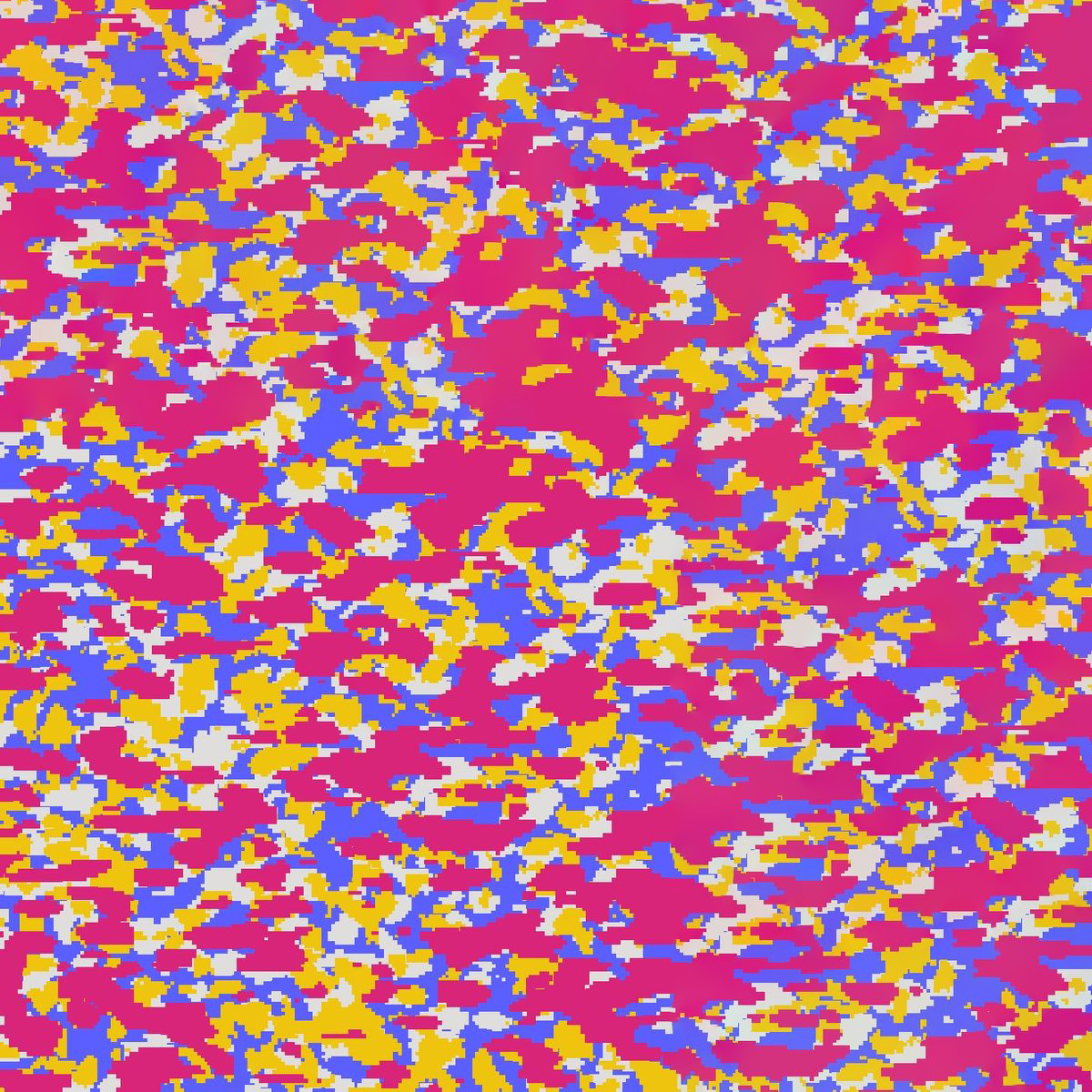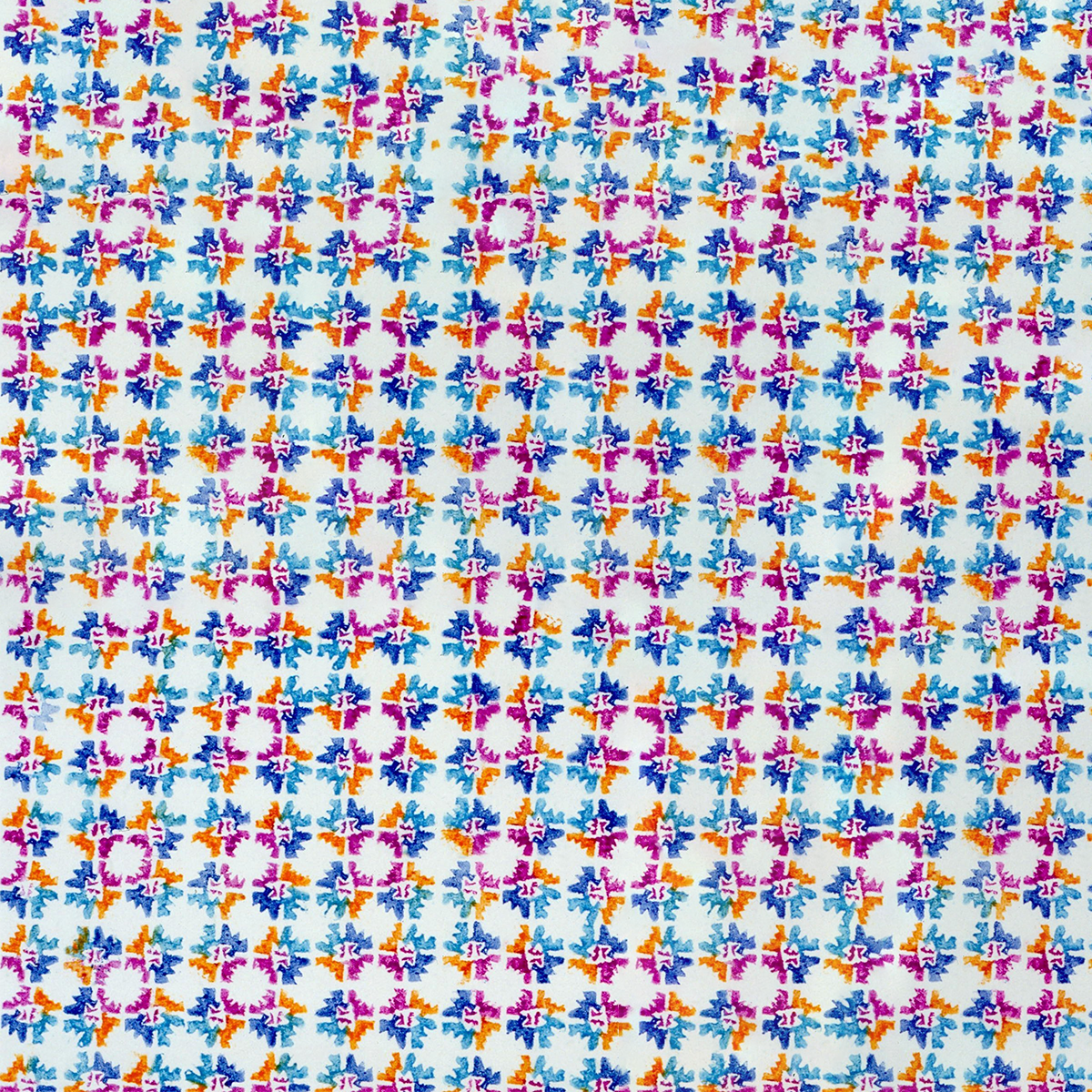A Brief History of Patches
Transdermal patches have revolutionised the field of drug delivery by providing a convenient and efficient method of administering medications through the skin. This innovative approach has a fascinating history that spans several decades.

EARLY EXPERIMENTS
1950-1960
The concept of transdermal nutrient delivery emerged in the 1950s and 1960s, with researchers exploring the possibility of delivering medications through the skin. Early experiments involved the use of simple patches with limited success due to challenges in designing formulations that could penetrate the skin barrier effectively.

BIRTH OF THE TRANSDERMAL PATCH
1970
The breakthrough for transdermal patches came in the 1970s with the development of the first commercially available patch, the Scopolamine patch. This patch delivered the anti-nausea medication Scopolamine to prevent motion sickness. The success of the Scopolamine patch paved the way for further exploration of transdermal nutrient delivery systems.

NICOTINE AND HORMONES
1980
The 1980s saw the introduction of the Nicotine patch as a smoking cessation aid. This marked a significant milestone in the use of transdermal patches for delivering systemic medications. Concurrently, Hormone Replacement Therapy patches were developed to provide a controlled release of oestrogen and progesterone, offering an alternative to traditional oral hormone therapy.

EXPANSION OF APPLICATIONS
1990
The 1990s witnessed an expansion of transdermal patch applications. Fentanyl patches were introduced for managing chronic pain, offering a long-lasting and controlled release of the potent opioid analgesic. Other medications, such as Nitroglycerin for angina and Rivastigmine for Alzheimer's disease, also found success in transdermal patch formulations.

TECHNOLOGICAL ADVANCEMENTS
2000
Advancements in technology during the 2000s allowed for the development of more sophisticated transdermal patches. These patches incorporated novel delivery systems, such as micro-needle arrays, to enhance drug absorption. The diversity of medications delivered via transdermal patches continued to grow, encompassing treatments for conditions like hypertension, ADHD, and osteoporosis.

PERSONALISED MEDICINE AND WEARABLE TECHNOLOGY
2010
The 2010s brought about a focus on personalised medicine, leading to the development of transdermal patches tailored to individual patient needs. Additionally, the integration of wearable technology, such as smart patches capable of monitoring vital signs and drug levels, further enhanced the utility of transdermal nutrient delivery.

A NEW ERA
2020
As we entered the current decade, transdermal patches continued to evolve, incorporating new materials, formulations, and delivery mechanisms to enhance nutrient permeation. The versatility of transdermal patches now offers a convenient and human-centred alternative to traditional vitamin administration. Enter BonPatch.
The history of transdermal patches reflects a journey of innovation and persistence in the quest for more effective and patient-friendly nutrient delivery methods. From humble beginnings to a diverse array of applications, transdermal patches have significantly impacted the field of medicine. They have transcended boundaries, extending their influence into the broader arena of general health and wellness, presenting a valuable alternative for consumers worldwide.
